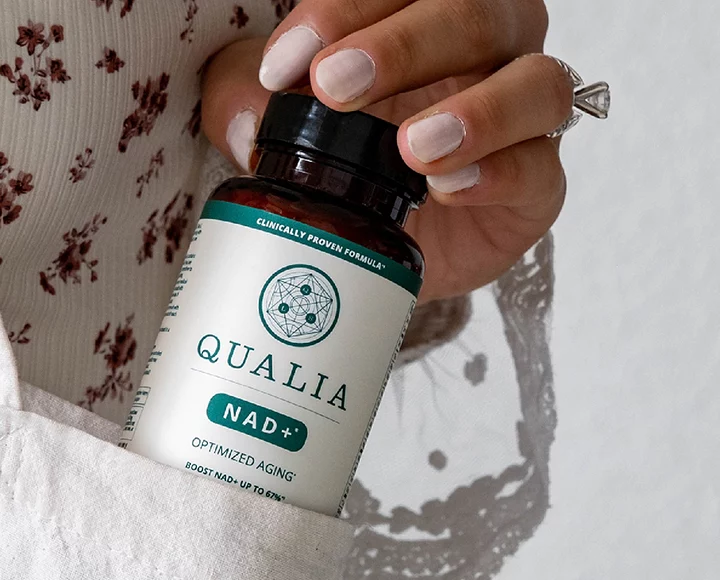What you need to know: With a long and noble history, the bay leaf was once used as a symbol of accomplishment and greatness among ancient Romans and Greeks. Today, it is revered for its culinary and medicinal attributes. The bay leaf contains essential volatile oils and a compound called eucalyptol, which provides its main healing properties. Bay leaf oil is used both internally and externally to bring relief from symptoms of the cold and flu, upper respiratory conditions, including a cough, and breaking a fever. Topically, the oils of the bay leaf are also utilized to reduce pain from headaches, swellings, rheumatism and arthritis.
Why you should try it: The bay leaf is a gentle and natural way to address a multitude of conditions, many of which are unresponsive to Western medicine. Various studies have revealed that the compounds in the bay leaf improve insulin function, reducing the risk of cardiovascular disease and type II diabetes. It also contains antimicrobial agents, which may promote healthy gums and teeth while protecting against invading pathogens. Finally, infusions made with the bay leaf can soothe the stomach and ulcers, bringing relief from flatulence and colic pain.
Let’s get together: Bay leaves can be added into almost any vegetable stock, soup, stew or marinade, like this Sweet Potato Lentil Soup or this Indian Quinoa Bowl. But if you’re looking for an out-of-the-box usage, try adding it to cocktails! This Blood Orange Gin Sparkler uses bay leaves to add a warm and spicy dimension that plays off of the therapeutic and aromatic rosemary sprigs. You can also make a simple digestive tea by boiling a couple of bay leaves along with peeled ginger root and honey. Happy steeping!












